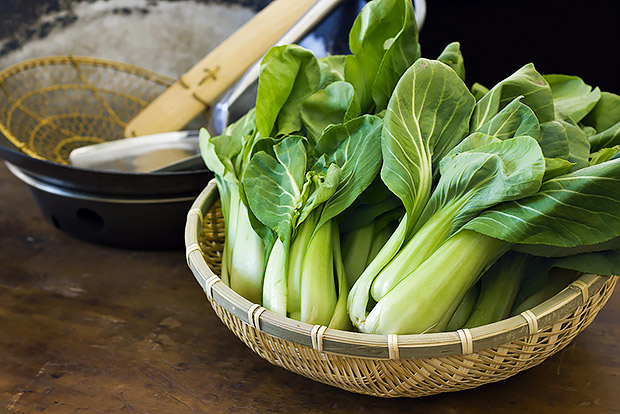
Dairy
Dairy foods are most often recommended for calcium intake because these foods provide a form of calcium that is easily absorbed by the body (high bioavailability). Additionally, many dairy foods are fortified with vitamin D, which is needed for calcium absorption.
Calcium in common dairy foods:
Skim milk (1 cup) - 300 mg
Low fat vanilla yogurt (1 cup) - 400 mg
Cheddar cheese (1 oz.) - 200 mg
Other Natural Sources of Calcium
If you are lactose intolerant, do not like dairy, or follow a vegan diet, you will need another source of calcium. The good news is that there are plenty of other foods that naturally contain calcium. According to the Linus Pauling Institute at Oregon State University, broccoli, bok choy (Chinese cabbage), mustard greens, turnip greens, and kale have a similar calcium bioavailability to dairy.
Below is a list of non-dairy foods that contain calcium:
Tofu made with calcium sulfate (79 g) - 100 mg
Canned salmon with bones (3 oz.) - 181 mg
Canned sardines with bones (1 oz.) - 108 mg
Broccoli (1 cup, cooked) - 60 mg
Bok choy (1 cup, cooked) - 158 mg
Collard greens (1 cup, cooked) - 266 mg
Kale (1 cup, cooked) - 94 mg
Mustard greens (1 cup, cooked) - 104 mg
Turnip greens (1 cup, cooked) - 197 mg
Calcium Absorption
There are several factors that influence how well your body can absorb calcium. Vitamin D intake is important for calcium absorption. Some foods contain phytates and oxalates, which decrease the amount of calcium that can be absorbed by the body. Phytates are found in unleavened bread, seeds, and nuts. Oxalate is present in spinach and rhubarb. And finally, a high intake of sodium or protein can cause the loss of calcium through urination.
Supplements and Fortified Foods
You can easily find foods that are fortified with calcium, such as calcium-fortified soy milk and orange juice. These are decent sources of calcium, but not as good as dairy or other foods that naturally contain calcium (again, because of how well it can be absorbed). To determine whether a food is a good source of calcium, check the food label. If the "percent Daily Value" (%DV) of calcium is 20 percent or more per serving, the food is considered high in calcium.
Most health professionals agree that food is the ideal way to get your calcium, but supplements can be used if you are not meeting your calcium needs through food. Just remember that a supplement should be used to support a healthy diet, not as a substitute for nutritious foods. If you do take calcium supplements, take them between meals in 500-milligram doses or less, and do not take them at the same time as iron supplements.
Sources



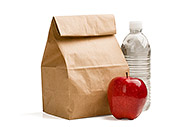 3 Healthy Lunches for Your Work Week
3 Healthy Lunches for Your Work Week
 5 Tips for Stretching Your Budget for Healthy Food
5 Tips for Stretching Your Budget for Healthy Food
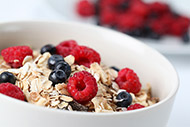 Best Ways to Reduce Added Sugar
Best Ways to Reduce Added Sugar
 Healthy Tips to Lighten Up Picnic Foods
Healthy Tips to Lighten Up Picnic Foods
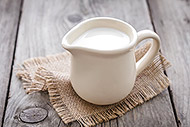 Do You Need to Drink Milk?
Do You Need to Drink Milk?
 Tips to Keep Track of Water Intake
Tips to Keep Track of Water Intake
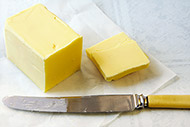 Butter vs. Margarine: What’s the Best Choice?
Butter vs. Margarine: What’s the Best Choice?
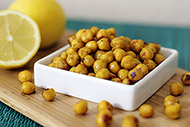 7 Good Mood Foods
7 Good Mood Foods

 Pinterest
Pinterest RSS Feed
RSS Feed